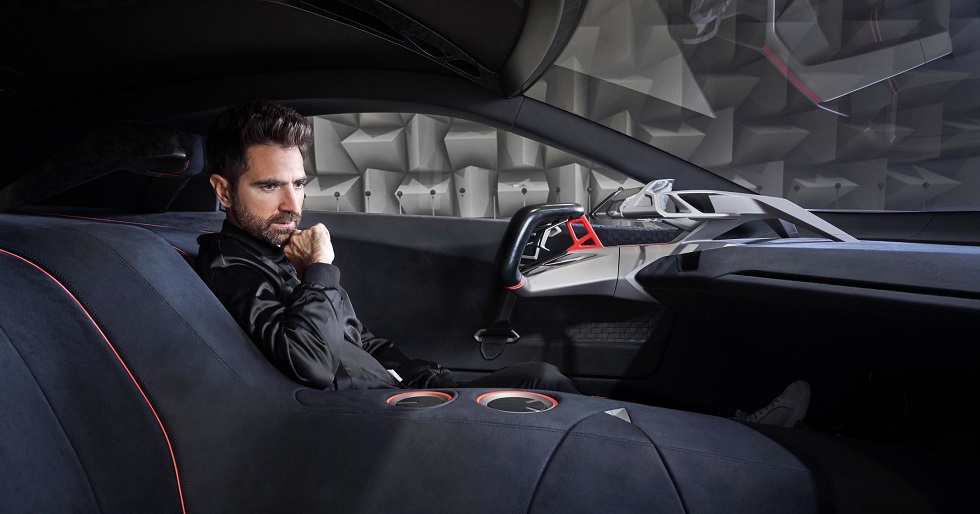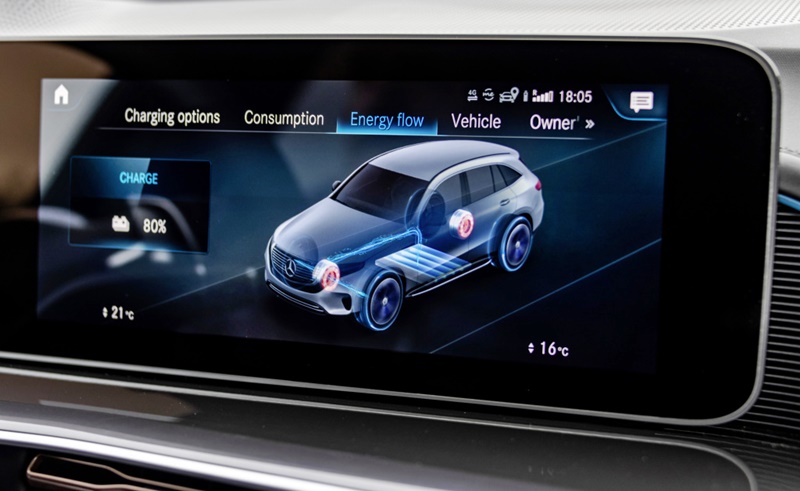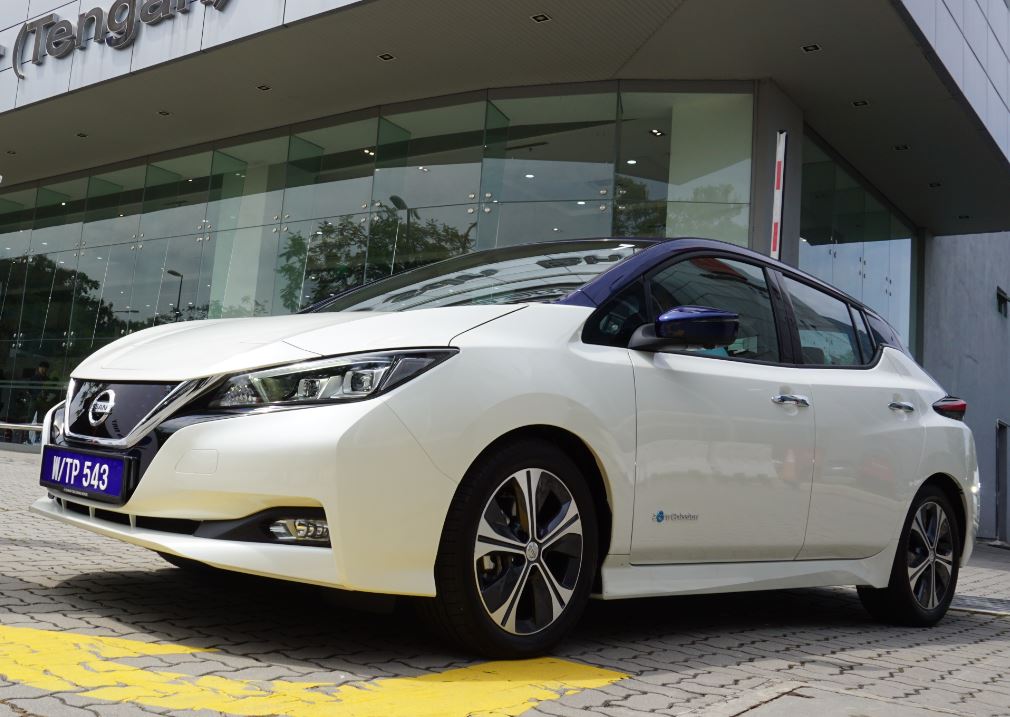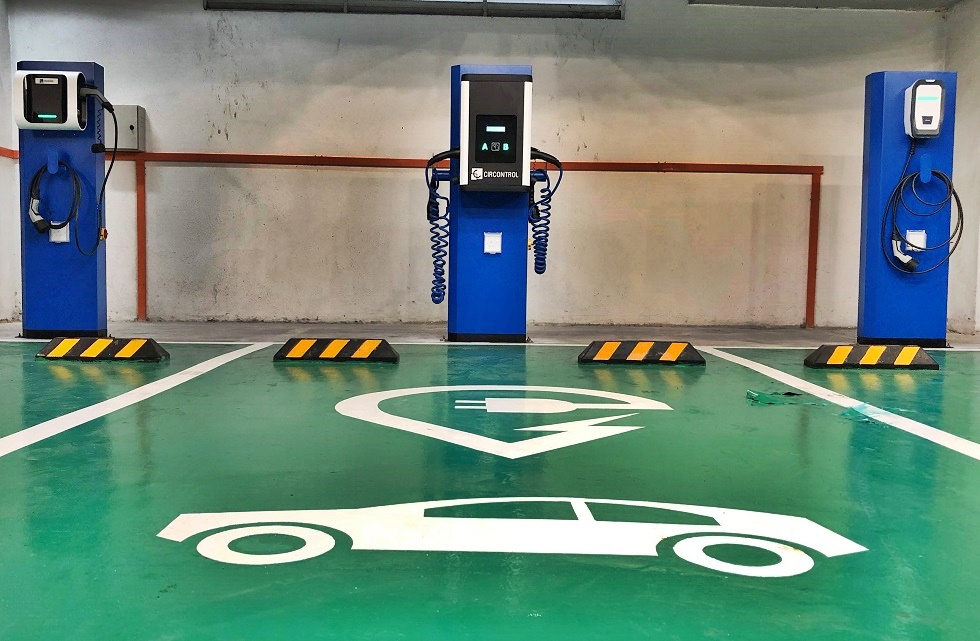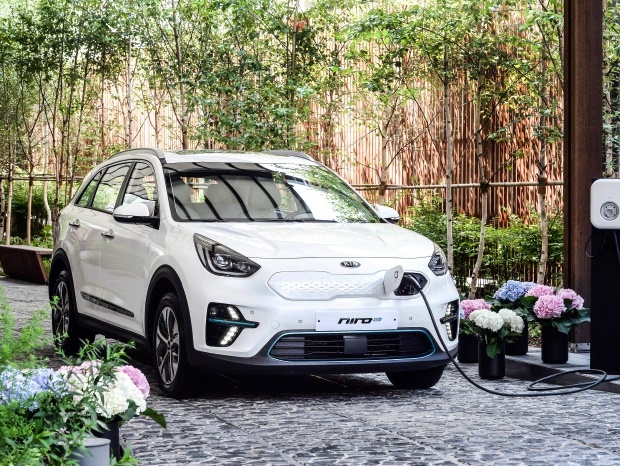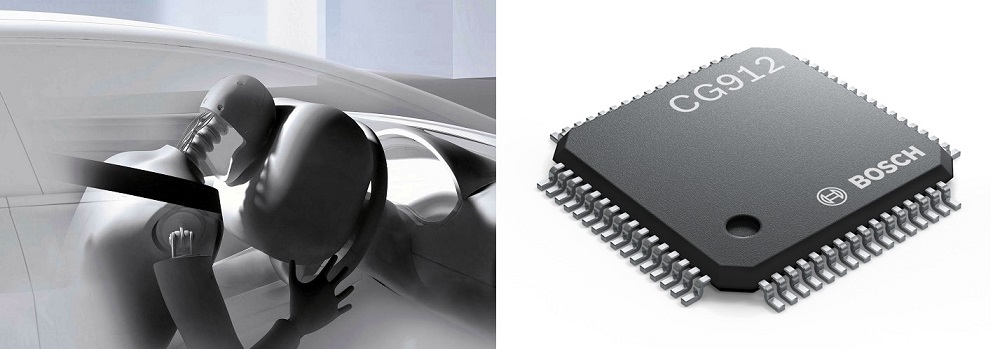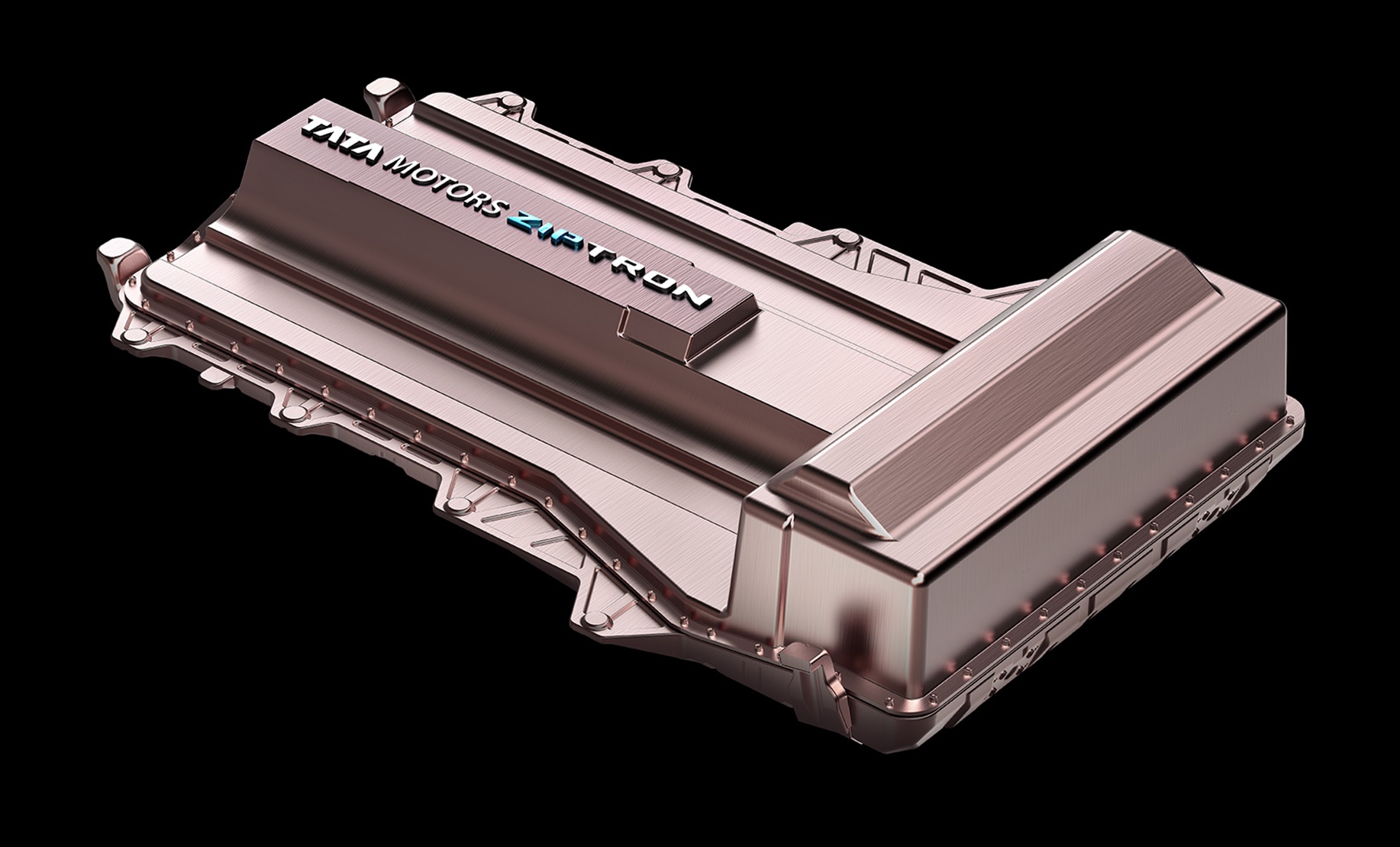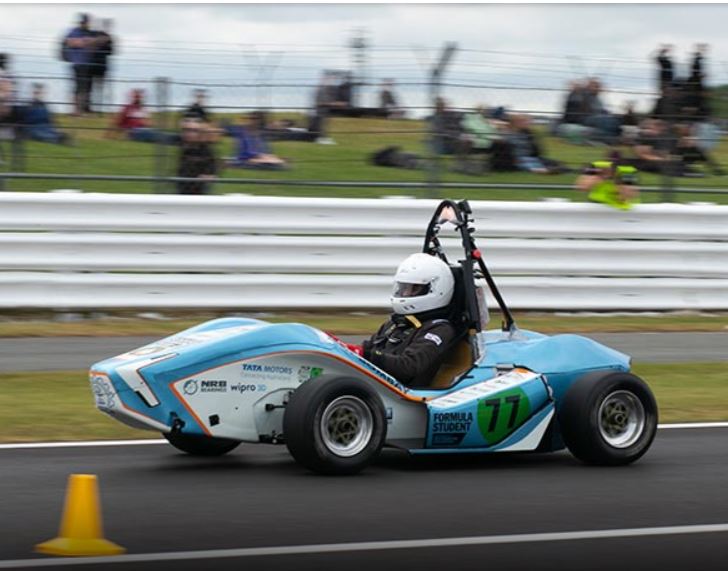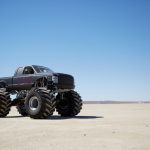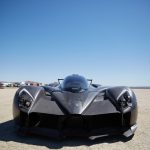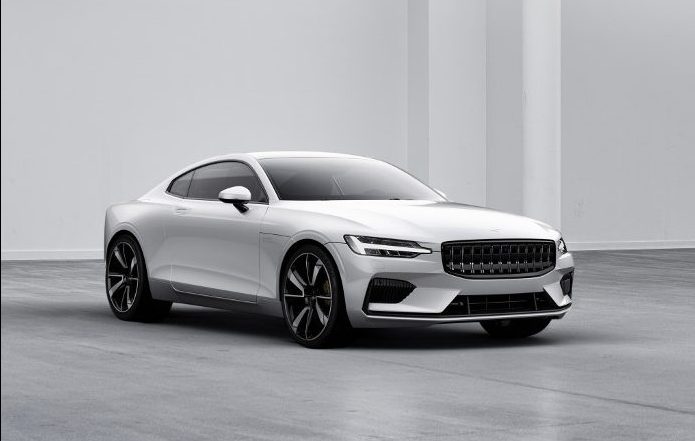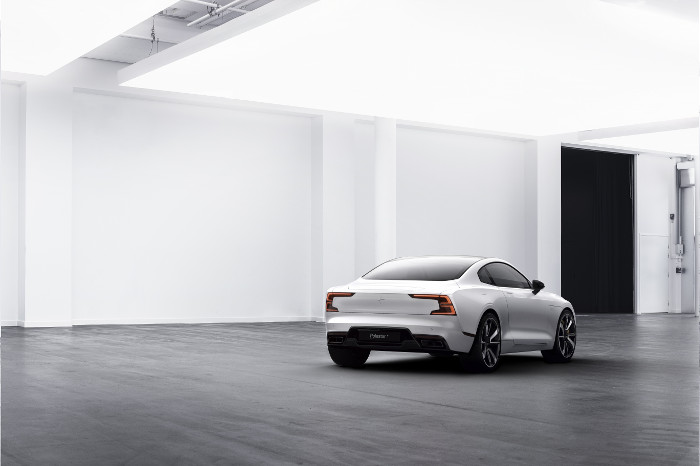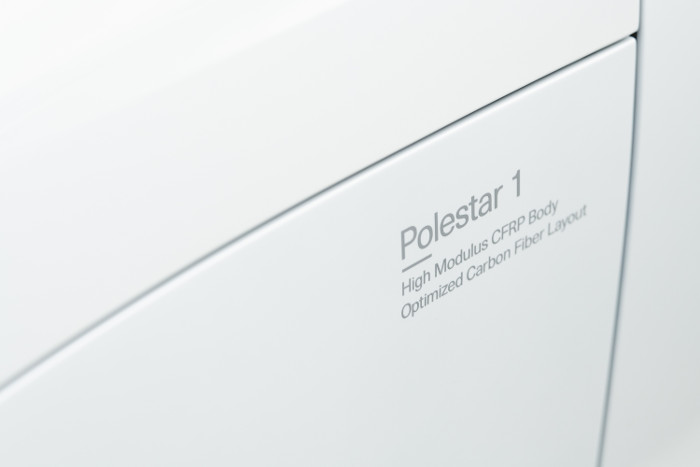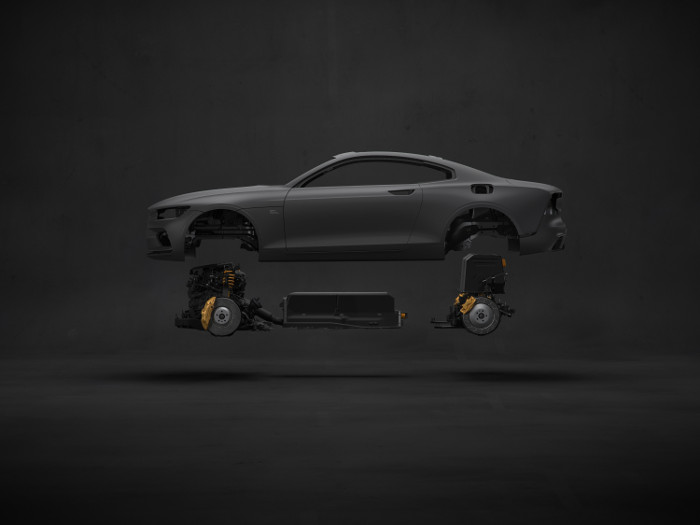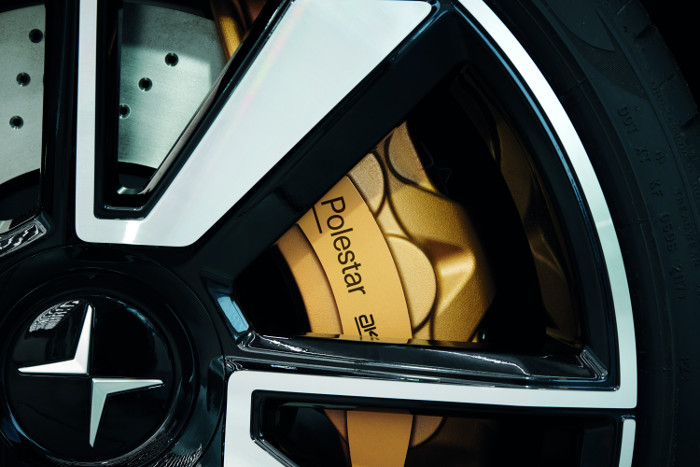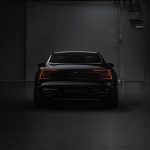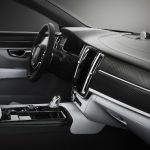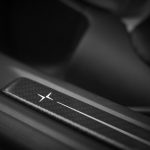For decades, engineers have worked hard to bring down noise levels in cars because noise can cause fatigue and if a car is quiet, it is considered as being refined. They still have to work at lowering noise as well as vibrations and harshness (NVH in industry-speak) but with the advent of electrically-powered vehicles, ‘sound’ will be viewed differently.
On the one hand, for safety reasons, governments are asking manufacturers to install devices which can emit sounds to warn pedestrians and other road-users of the electric vehicles approaching them. Since 2009, with the introduction of the MINI E test fleet, acoustic engineers from the BMW Group were already working on artificially generated sound, which was intended to contribute to the better perceptibility of vehicles with much quieter drivetrains. Since the launch of the BMW i3, customers have been able to choose acoustic pedestrian protection as optional equipment.
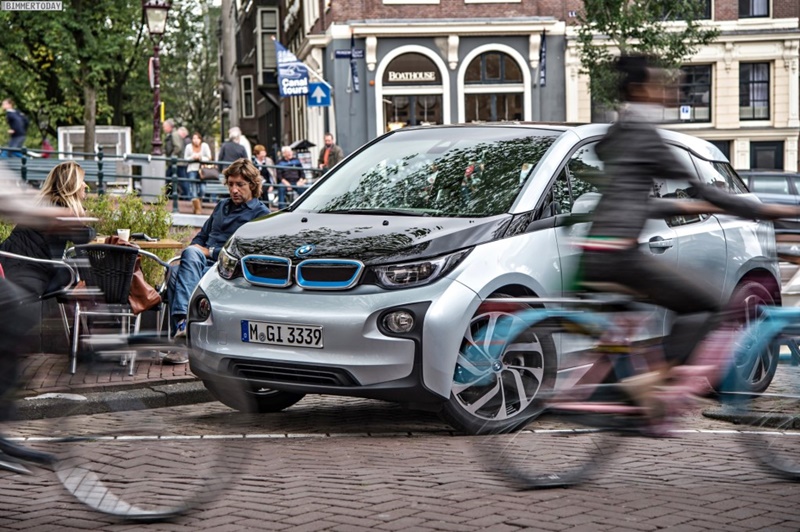
Continued development of warning sounds
The sound of the acoustic pedestrian protection has since been further developed in line with new legislative requirements and is now gradually being rolled out as standard in all plug-in hybrids and all-electric vehicles from BMW (where required by law). The aim in the development has been to provide the important warning function without disturbing pedestrians.
Now the BMW Group is looking at e-sound for its future electric vehicles and have partnered Hans Zimmer, a noted composer for Hollywood movies, to further develop BMW IconicSounds Electric. The move follows an earlier collaboration which saw Zimmer and BMW Sound Designer Renzo Vitale present their jointly developed e-sound for the BMW Vision M NEXT.
“We have the unique opportunity to turn electric driving in a BMW into a magnificent experience with outstanding sonority. I am really looking forward to the challenge of shaping the sound for future electric BMW’s. Developing the sounds for the BMW Vision M NEXT together with Renzo Vitale was already an inspiring, new experience for me,” said Zimmer.
In production models from 2020
The most recent co-creation is the sound signalling readiness for driving in purely electric and plug-in hybrid vehicles. This unique sound will be heard in production models of the BMW brand next year. “Sound Design gives us the opportunity to evoke positive emotions in our vehicles. This new start-sound triggers joyful anticipation of the electric drive, when the customer enters his vehicle and presses the Start/Stop button,” explained Vitale.
The silence of driving electrically is often cited as a major advantage of electric mobility. However, as the range of electrified models increases, a gap in the emotionality of the driving experience arises for the driver. Under the brand name “BMW IconicSounds Electric”, a visionary sound offer will be created for future electrified vehicles from BMW.
Enhancement to driving pleasure
“Over the years, the sound of our vehicles has enthused and accompanied millions of people. We are very excited about the exceptional chance of creating the sounds for BMW’s electric mobility together with Hans Zimmer. Thereby we can charge future emotions of our customers worldwide anew and redefine sheer driving pleasure,” said Stefan Ponikva, Vice-President BMW Brand Experience.
As composer and curator of BMW IconicSounds Electric, Zimmer will contribute his expertise to various projects for sound creation for electrified BMW vehicles worldwide. The variety of projects may include sounds for vision vehicles and concepts, production models, composition of sound signs, as well as sound creation for communicative occasions focusing on the acoustic-emotional character of electric mobility.







